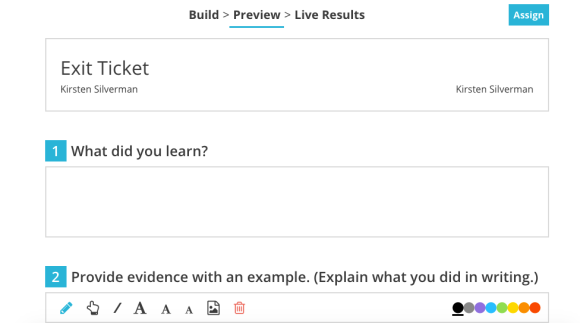I have a hard time blogging during the school year, but I love to spend the summer reflecting on the past school year and thinking about my goals for the coming year. I have been watching #lessonclose and loving all of the ideas. And then I saw this one….
New Post: Lesson Closure & Exit Polls https://t.co/Q5wG9D7Eq8 #BMTN #MTBoSBlaugust https://t.co/RQa9r42QxT pic.twitter.com/WiQ6lgsN2u
— Pamela Rawson (@rawsonmath) August 8, 2016
It all came together for me. I love the flow chart, I love the google sheets, I just love! Thank you!
I started using exit tickets more consistently in my seventh grade class this past school year. I saw was able to use the data to form flexible groups based on my plans for the day. I saw a lot of growth and could pinpoint which concepts students were struggling with. I sometimes had days that students weren’t ready for the exit ticket, and I had to quickly change my plans and save it for another time. I want to see some self-reflection about group work and so I created the rubric below.
I also wanted to find a better way to quickly assess different skills and I’ve been using formative.com so I created this…


I did all this before I read @rawsonmath‘s post. Now, I’m seeing things in a new light. I think I can still use some of the tools I have created, but I’m seeing the organization of everything a little differently.
Thank you!



